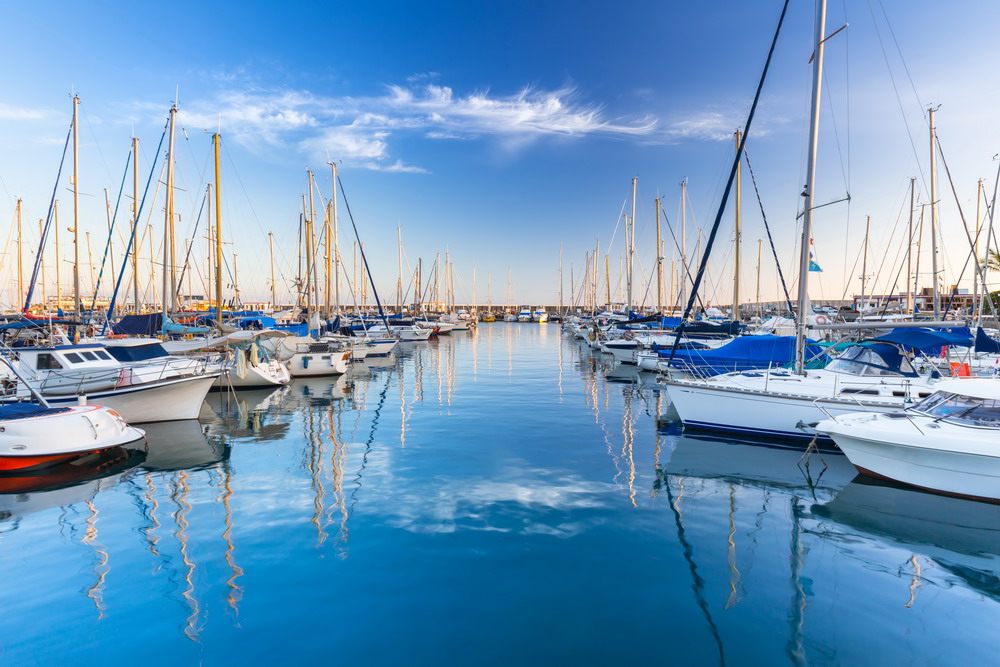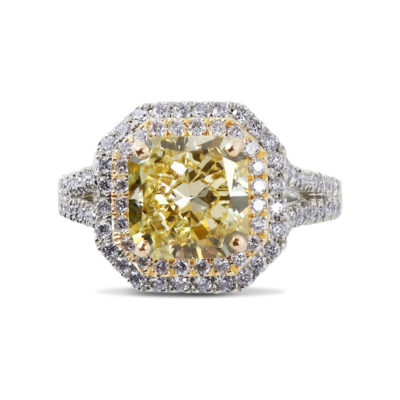People who are into private yachts anticipate spring boat shows just as much as their counterparts in the automotive world. They wait patiently all winter for what they know is coming in the spring. This year, the big showstopper may very well be a carbon fiber tender from a Dutch company. The modular tender could set the standard for future tenders.
If you don’t know, a tender is a small passenger boat launched from a larger boat in order to get passengers to shore. Tenders are used when waters close to the shore are too shallow or when no dock space is available. A tender for a private yacht typically seats between 5 and 15 passengers; tenders for larger boats and cruise ships carry many more.
The two big concerns with tenders for private yachts are size and weight. You want to keep the size of the vessel as small as possible while still accommodating enough passengers to make it worthwhile. The bigger the tender, the more weight it adds to the overall package. Enter carbon fiber.
A Great Marine Material
Salt Lake City’s Rock West Composites points out that marine manufacturers have been working with composites for quite some time. Fiberglass has long been a favorite. However, carbon fiber has been making waves – no pun intended – in recent years. It is proving itself to be a great material for marine design.
Carbon fiber offers watercraft designers excellent strength with lower weight. If you made two tenders identical in every way except the hull material, one from aluminum and the other from carbon fiber, you would discover that the carbon fiber model weighs less but is measurably stronger. This is a perfect combination for watercraft design. But it gets better.
Unlike aluminum and wood, carbon fiber is not affected by water or temperature changes. It will not warp. It will not dry out and crack from the elements. Carbon fiber does not need to be sealed or painted. It can handle the stress of both gasoline and electric motors as well.
A Modular Design
A carbon fiber hull is just the starting point for the DutchCraft 25 tender set to debut later in 2020. What really sets this boat apart is its modular design. When the 26-foot tender is configured for maximum seating, you can get 12 passengers on board comfortably. Take all of the passenger seats out and there is enough room to transport a variety of toys.
This is a highly configurable tender that can be used for a variety of purposes. Use it to transport passengers to and from shore. Use it to ferry your ATVs to shore for an afternoon of adventurous riding. Use it as a fishing boat. The possibilities are endless.
It is all made possible by carbon fiber components that are easy to install, remove, and move around. The components will always fit as they are supposed to because they will not warp or otherwise become misshapen over time. Changing the configuration is as simple as setting components in place or pulling them out.
The Robb Report’s Rachel Cormack says that tenders rarely take center stage at boat shows. She’s right. But the DutchCraft 25 may prove to be an exception to the rule. This is one tender that absolutely changes the game. It would be no surprise to see it get an awful lot of attention in the spring. It could prove to be the most popular new item among private yacht owners with money to spend. For the record, the DutchCraft 25 starts at $305,000.













